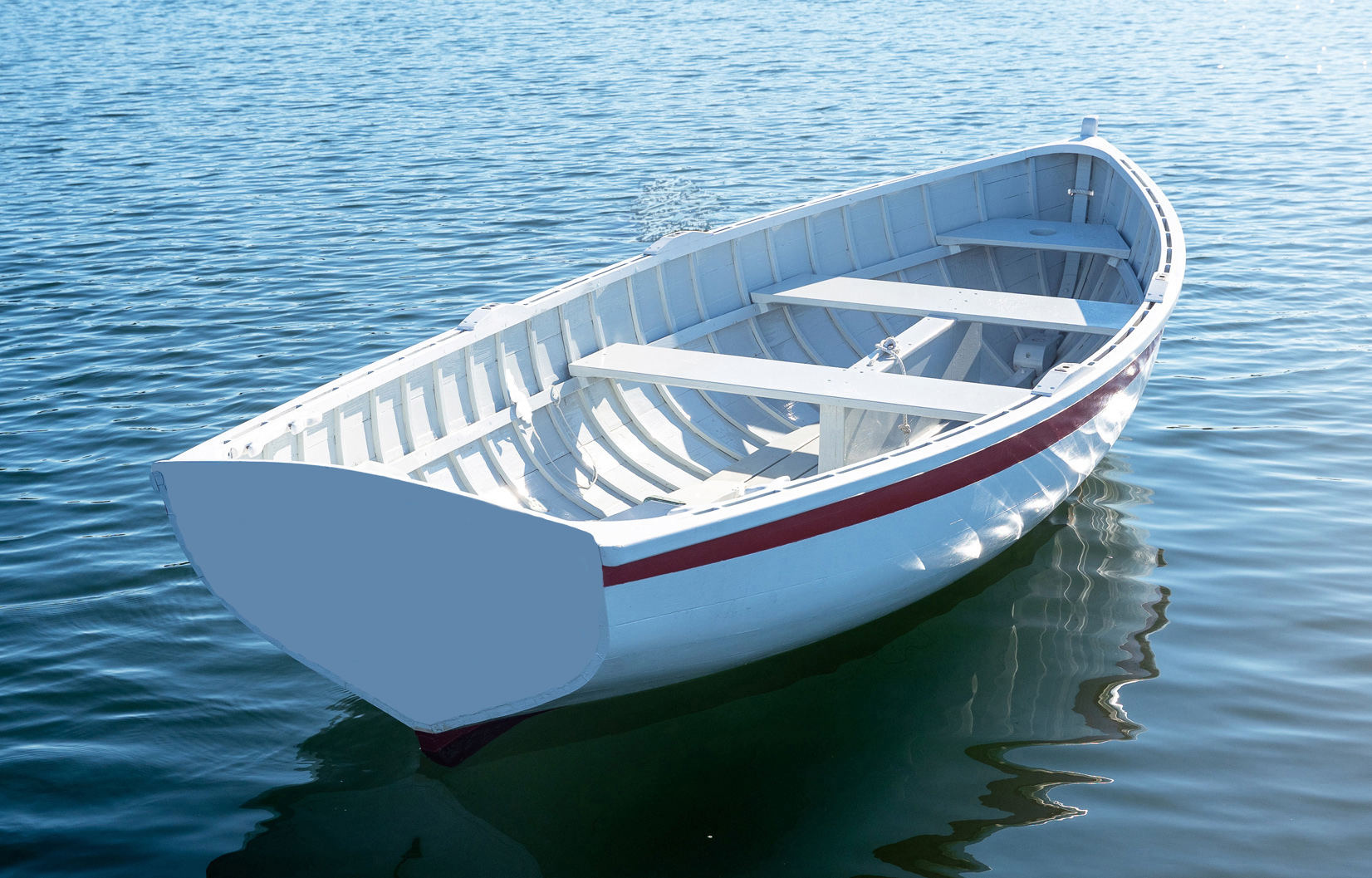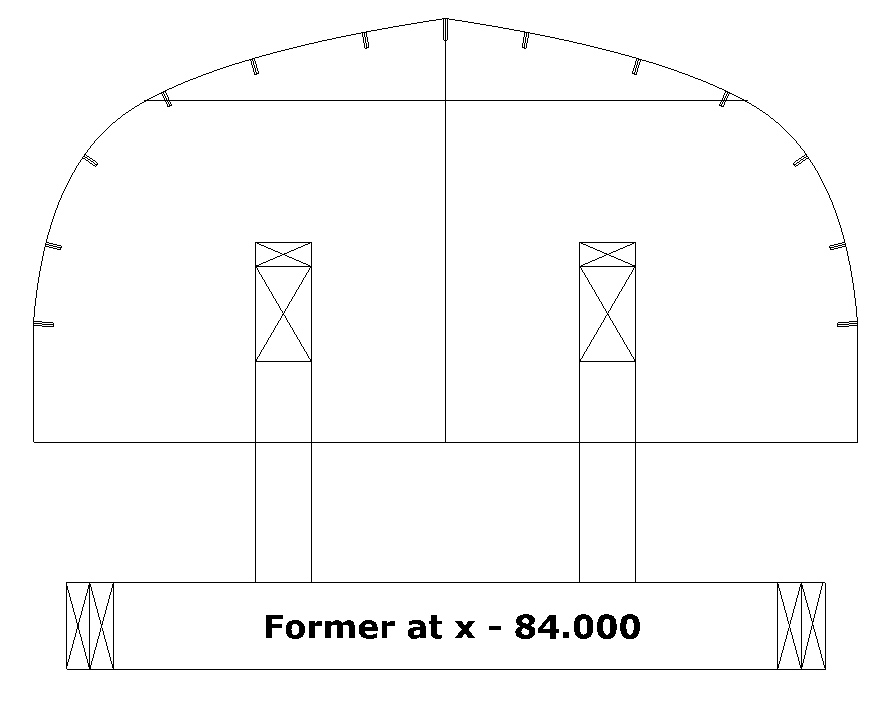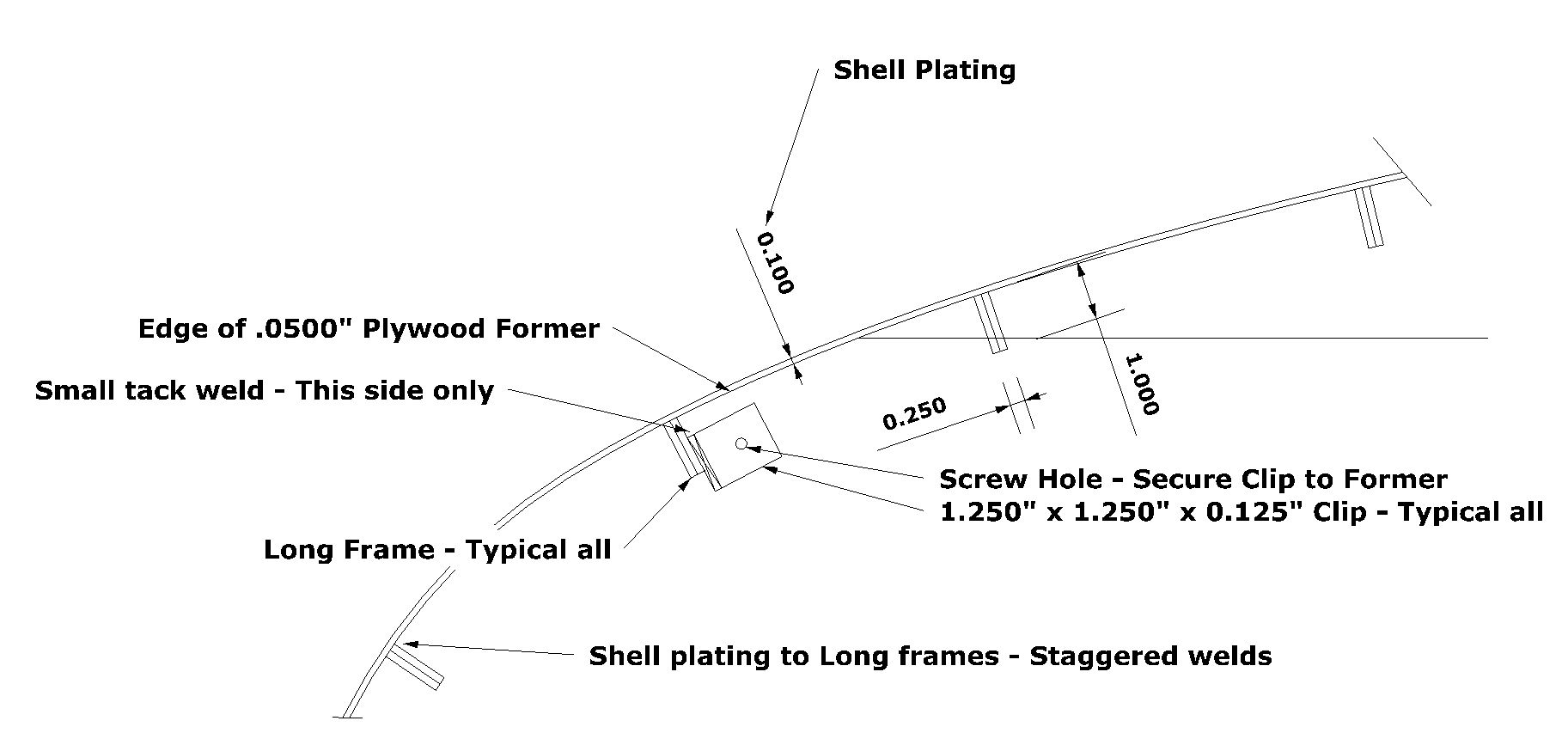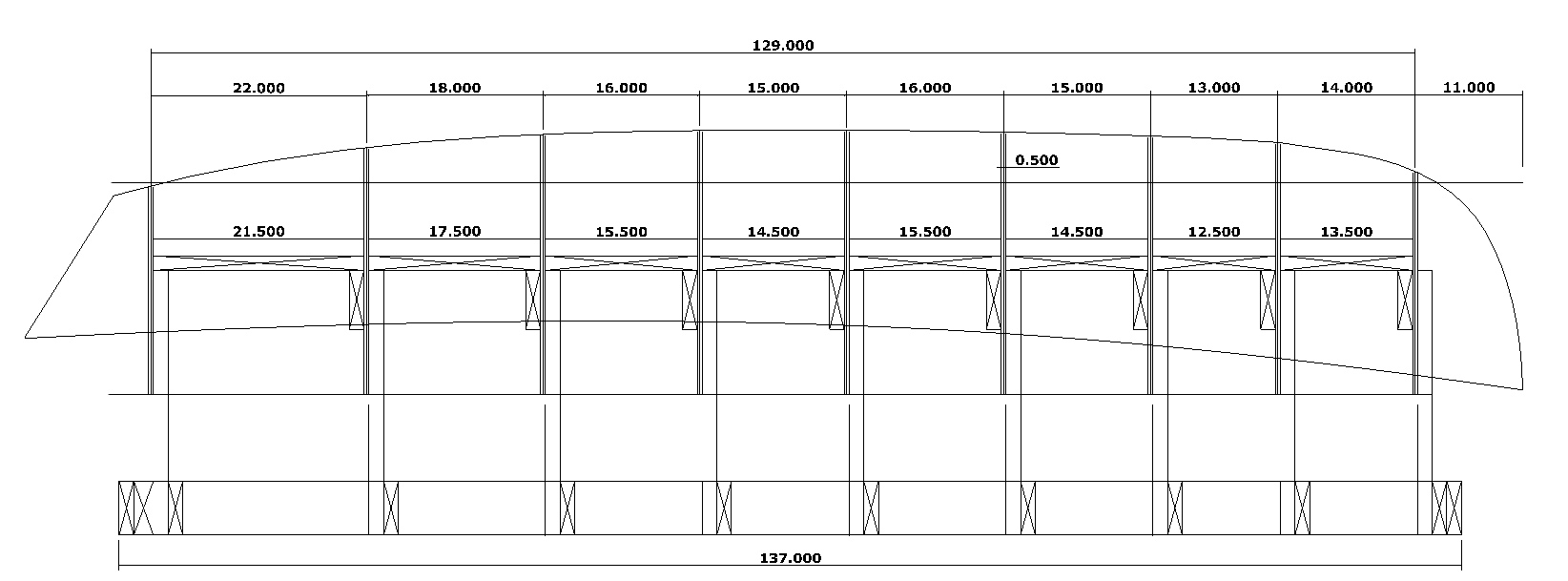Katspaw Dinghy
A 'Plank on Frame' version of the Catspaw Dinghy shown below is Joel White’s interpretation of Nat Herreshoff’s classic Columbia Dinghy is a real classic design. I guess you could even say that 'They do not build them like that anymore'.
The rowing version weighs about 150 pounds while the sailing version weighs about 200 pounds considering the addition of the Centerboard case, Centerboard, Mast boom, Sails, and Rudder.
Plans are still available for this 'Plank on Frame' constructed Catspaw Dinghy.

The Aluminum
Katspaw Dinghy
The following redesign of the Catspaw Dinghy for aluminum construction the Katspaw Dinghy, was designed to hone 'one of' Builder's metal working skills before taking on a larger 'Bezier Designed and Constructed Hull' or for established steel - aluminum boatbuilding company's to explore the possibilities of 'Bezier Design and Construction'.
For either building the Katspaw Dinghy could be a fun or pet project resulting in a meaningful result!
About the Katspaw Dinghy:
While keeping the overall theme of the original Catspaw Dinghy, my aluminum version has a spoon bow with a somewhat tighter tumblehone at the stern.

I am expecting that the base rowing aluminum version of the Catspaw-Dinghy to come in at 175 pounds while the Sailing version at about 225 pound. A bit more than the 'Plank on Frame' version.
Static Hydrostatics & Lines Drawing

Floation
Being constructed of aluminum the boat has no possibility of floating in a swamped condition, therefore the aluminum version of the Catspaw Dinghy incorporates flotation, which is neatly placed under the rowing stations and aft deck.
According to my calculations the minimum floatation required, in cubic feet, to support a swamped Catspaw Dinghy and 400 pounds of crew is 3.878 cubic feet.
The floatation designed into the hull under the forward rowing seat is 0.996 cubic feet, under the aft rowing seat is 1.540 cubic feet, and under the transom 4.042 cubic feet of flotation. Notably there is 2.700 cubic feet of reserve flotation. The image below shows these void spaces.

Framing system:
The aluminum version of the Katspaw Dinghy will have no Transverse frames, opposite the 'Plank on Frame' version which has no Longitudinal Frames.
The below rendering shows five (5) longitudinal frames, (magenta), between the sheer longitudinal and Center Vertical Keel - CVK.
While under construction the longitudinal frames will be supported by nine (9) Hull Formers. In essence the longitudinal frames support the shell plating and the shell plating supports the longitudinal frames. Transverse support is provided by by the void - flotation compartments.

Hull Former
The below image represents a typical Hull Former cut from 1/2" dimensionally stable plywood or other suitable material.
The former is show in section view attached to the Strongback's vertical framing structure, while the slots indicate the location of the Longitudinal frames.

As per 'Bezier Design and Construction' the longitudinals will be marked where it crosses every Former.
Since the longitudinal frames are the only point of reference to align the shell plating they will be held securely held in place by an aluminum angle clip thru-bolted to the hull former and tack welded to the longitudinal frame.

StrongBack
The Strongback shown below in plan and profile views is constructed from 3.500" x 1.500 and 5.500" x1.500" common lumber. Other materials can be used if you like as long as you keep the distance's between Formers as shown.
Remember that the accuracy of the Build all starts here! Everything that follows depends on the accuracy of the Strongback.


Shell Plating:
Finial Building Plans for the Catspaw-Dinghy are still on the Drafting Board
(Coming Soon)
|
|

|
|
|
|
|
|
|
|
|
|

